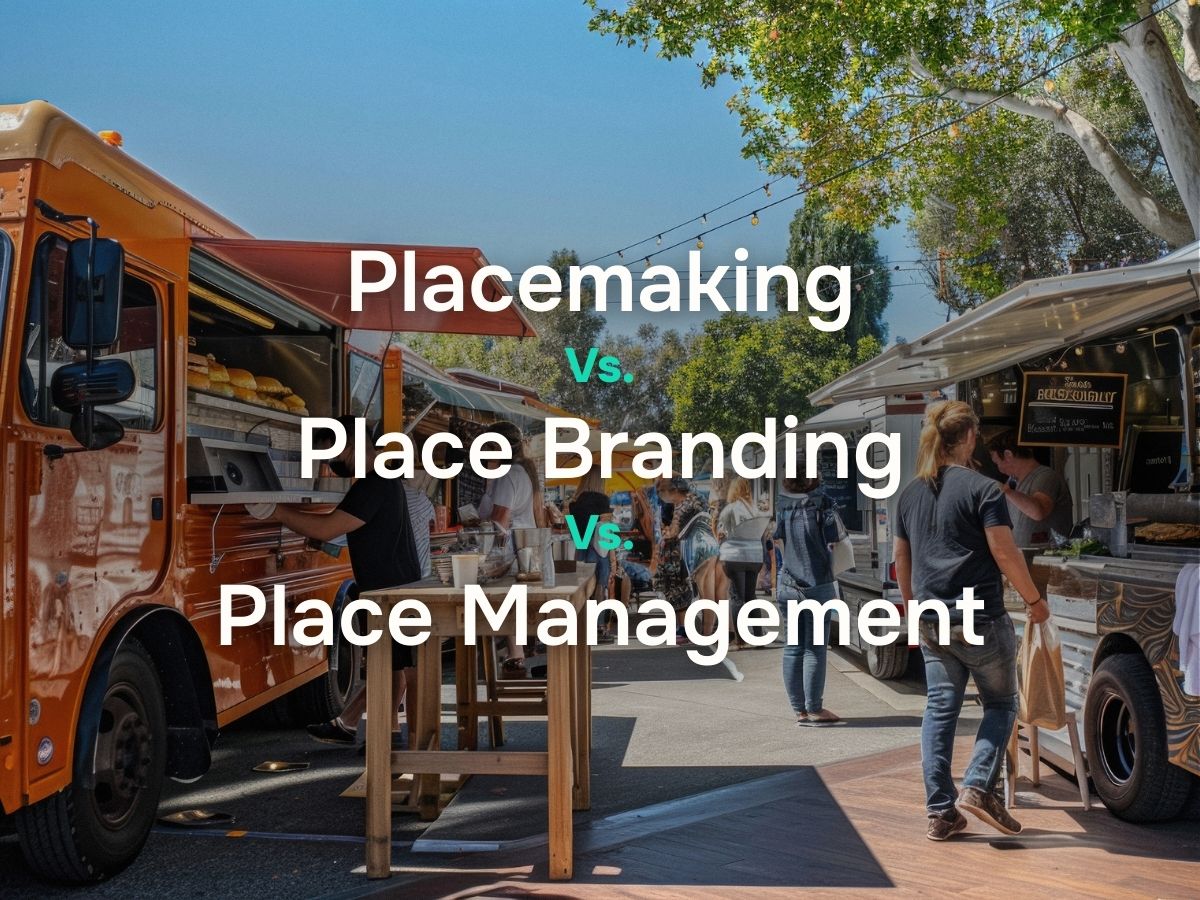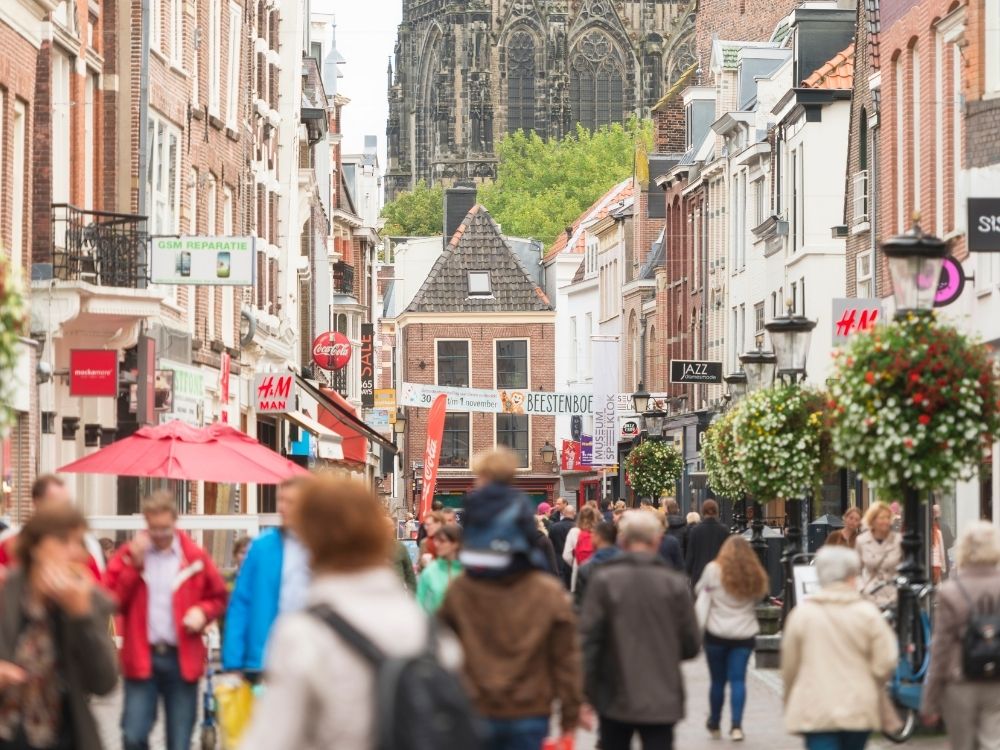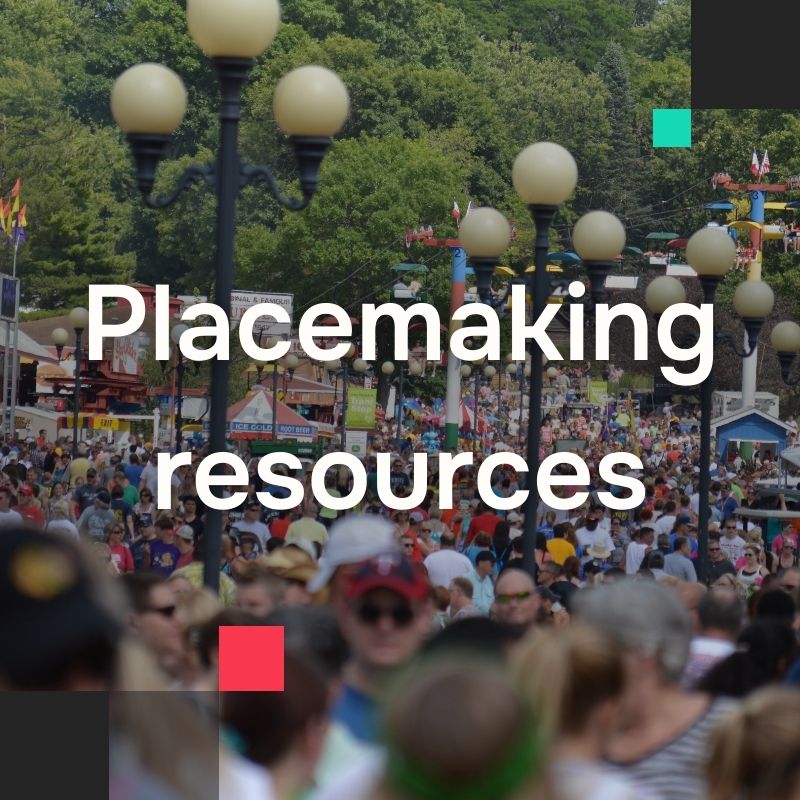Over the last few years, the bar as to what’s expected from landlords has been raised. The emphasis has shifted from merely constructing buildings to creating vibrant, engaging environments that build communities and relationships. This transformation underscores the importance of three interconnected concepts: placemaking, place branding, and place management, to form an overall placemaking strategy. While each plays a distinct role, imagine them collectively as a three circle venn diagram – there’s a lot of overlap.
Understanding the pillars of placemaking strategy in commercial real estate


Placemaking: Crafting engaging spaces
Placemaking refers to the collaborative process of shaping public spaces to maximize shared value. It’s about designing spaces that promote people’s health, happiness, and well-being. In the context of CRE, placemaking involves creating environments that attract tenants, customers, and visitors by fostering a sense of community and belonging.
According to Project for Public Spaces, placemaking is “both a process and a philosophy” that capitalizes on a local community’s assets, inspiration, and potential. This approach leads to the creation of quality public spaces that contribute to people’s health, happiness, and well-being.
Place branding: Shaping perceptions
Place branding involves the application of branding and marketing strategies to geographic locations. It’s about creating a unique identity and image for a place, differentiating it from others, and communicating its value proposition to target audiences. In CRE, effective place branding can enhance a property’s appeal, attract investment, and foster community pride.
A study published in the Journal of Place Management and Development emphasizes that place branding is not just about logos or slogans but involves a comprehensive strategy that reflects the place’s identity, values, and aspirations.

Place management: Sustaining vibrancy
Place management encompasses the ongoing operations, maintenance, and programming necessary to ensure that a place remains vibrant, clean, safe, and welcoming. It’s about the day-to-day activities that sustain the value and appeal of a place over time. In CRE, effective place management can lead to increased foot traffic, higher tenant retention, and enhanced property values.
The Institute of Place Management defines it as “a coordinated, area-based, multi-stakeholder approach to improve locations, harnessing the skills, experiences, and resources of those in the private, public, and voluntary sectors.”
Case study: The transformation of King’s Cross, London
While distinct, placemaking, place branding, and place management are deeply interconnected. King’s Cross in London serves as a prime example of the successful integration of placemaking, place branding, and place management. Once a derelict industrial area, it has been transformed into a vibrant mixed-use development.
Placemaking
Lays the foundation by creating engaging spaces. The redevelopment focused on creating public spaces, such as Granary Square, that encourage community interaction and events.
Place Branding
Builds upon this by crafting a compelling narrative and identity. The area was rebranded to highlight its historical significance and modern innovation, attracting businesses like Google and the University of the Arts London.
Place Management
Ensures the sustained success and relevance of the place. Ongoing management ensures the area remains clean, safe, and vibrant, with regular events and maintenance
This integrated approach has turned King’s Cross into a desirable destination for residents, businesses, and tourists alike. Together, they form a holistic approach to placemaking strategy, essential for the success of CRE projects in today’s experience-driven market.

Looking for more placemaking resources?
Visit our placemaking knowledge base.
Placemaking trends and considerations
The integration of digital technologies is reshaping how these concepts are applied:
Digital placemaking
Utilizing technology to enhance the user experience in public spaces, such as interactive installations or augmented reality applications.
Data-driven place management
Employing data analytics to monitor foot traffic, engagement, and other metrics to inform maintenance and programming decisions.
Authentic place branding
Focusing on genuine narratives and community involvement to create authentic and resonant place identities.
These trends highlight the evolving nature of place strategy in CRE, emphasizing the need for adaptability and innovation.
A strong placemaking strategy increases property value
The commercial real estate landscape is fiercely competitive, understanding and effectively implementing a placemaking strategy, place branding, and place management are crucial. These interconnected strategies not only enhance the appeal and value of properties but also contribute to the creation of vibrant, sustainable communities.
As the industry continues to evolve, embracing these concepts will be essential for developers, investors, and urban planners aiming to create places that resonate with people and stand the test of time.
See also
See all our placemaking resources
FAQ
What is an example of placemaking?
The Porch at 30th Street Station, Philadelphia, transformed a previously underutilized sidewalk into a vibrant public space adjacent to one of Philadelphia’s busiest transit hubs. Initiated by the University City District, this tactical placemaking project introduced movable seating, planters, and regular programming such as food trucks and live performances. The flexible design allowed for iterative improvements based on public feedback, fostering community engagement and increasing foot traffic. The success of The Porch demonstrates how low-cost, adaptable interventions can revitalize urban spaces and enhance the pedestrian experience.
What is a placemaking framework?
A placemaking framework is a structured approach used to guide the planning, design, implementation, and ongoing management of spaces that prioritize people, community, and experience. It typically includes core principles, such as human-centered design, cultural relevance, stakeholder engagement, and long-term stewardship, and provides tools or methodologies to assess site potential, co-create ideas with users, and measure success. Frameworks help align diverse stakeholders around a shared vision and ensure that placemaking efforts are not ad hoc but strategically driven. Often iterative, a strong framework enables adaptive interventions that reflect evolving community needs while supporting commercial, social, and environmental goals.